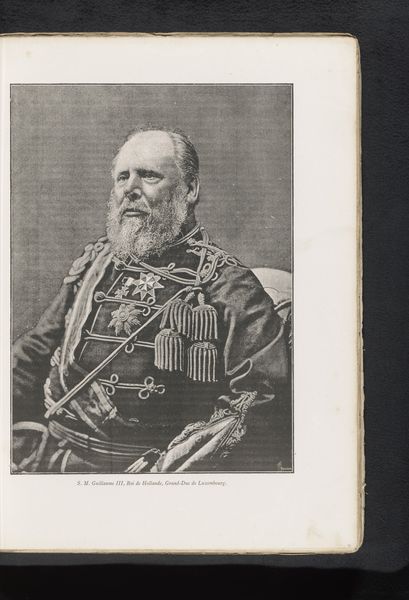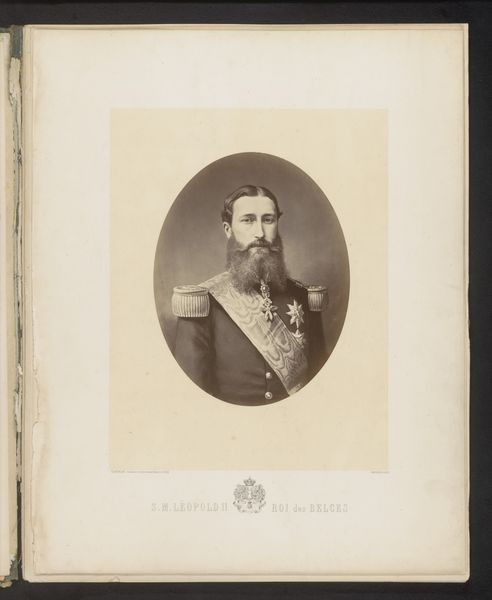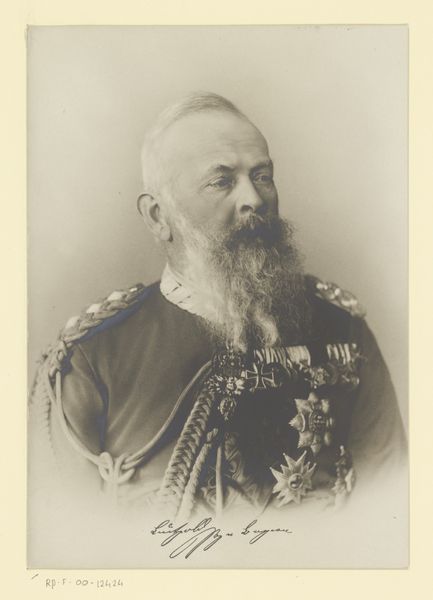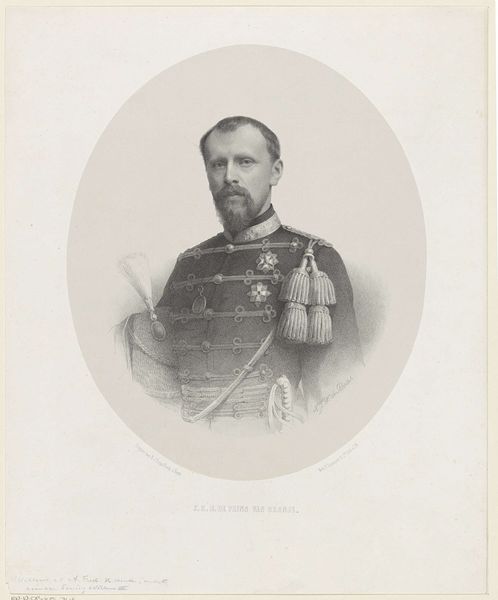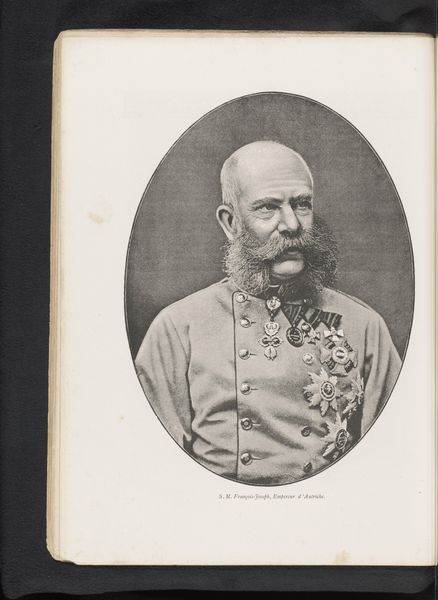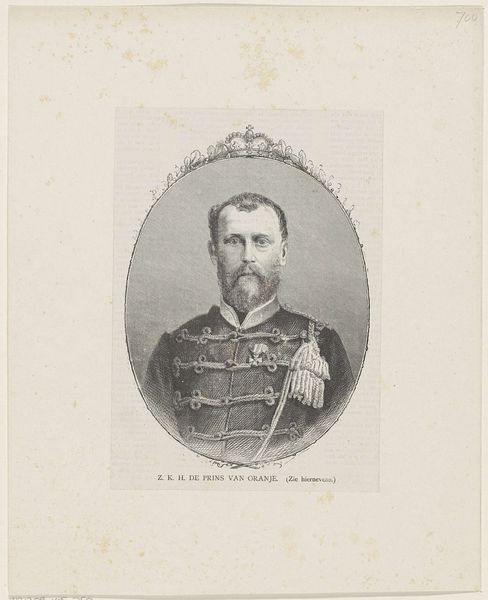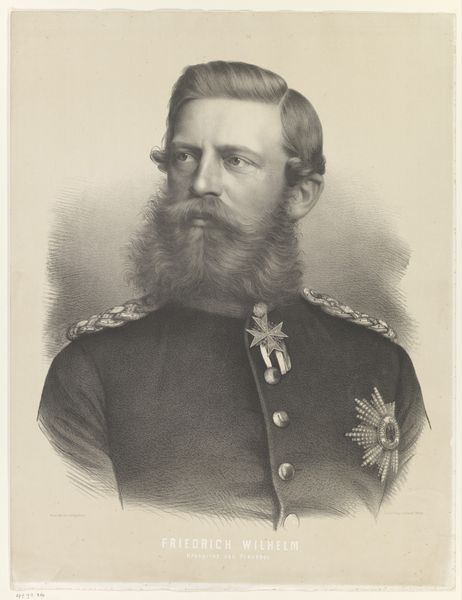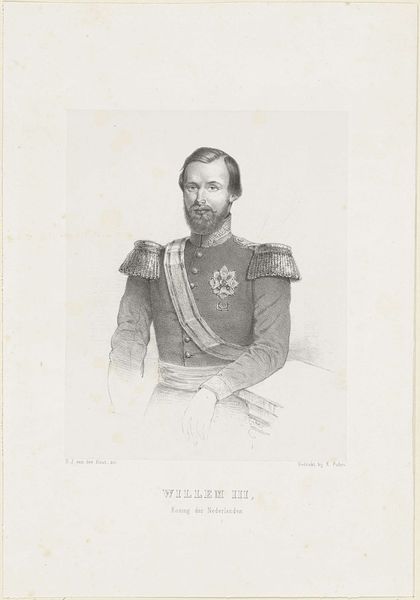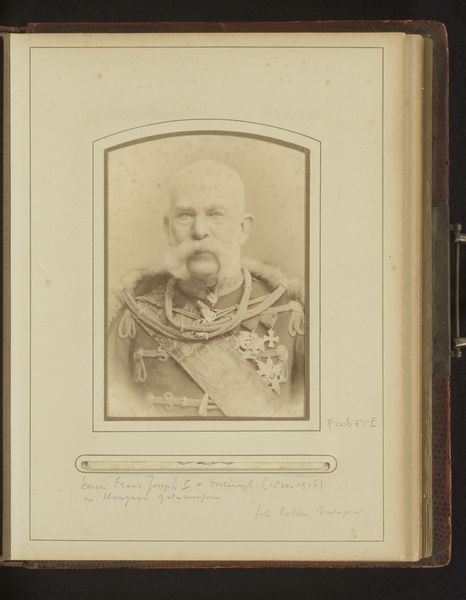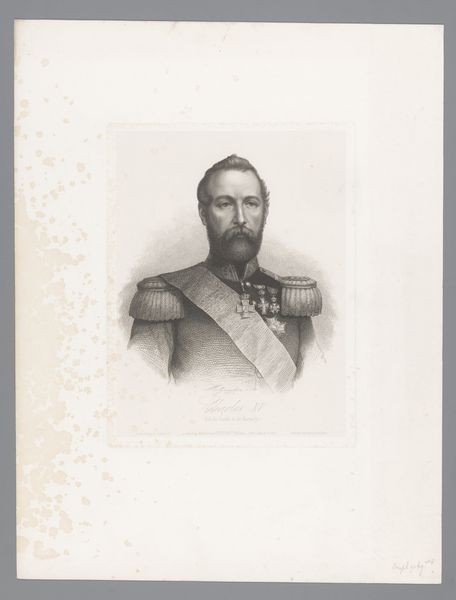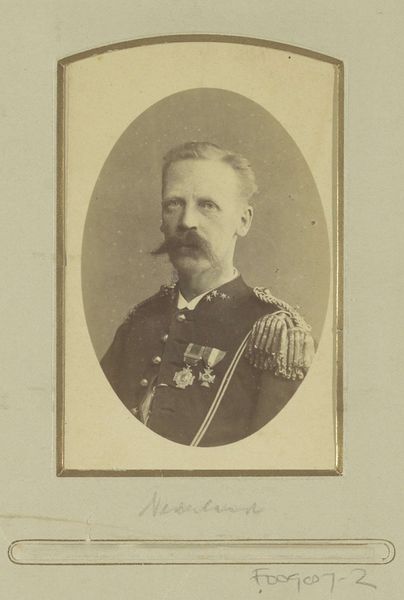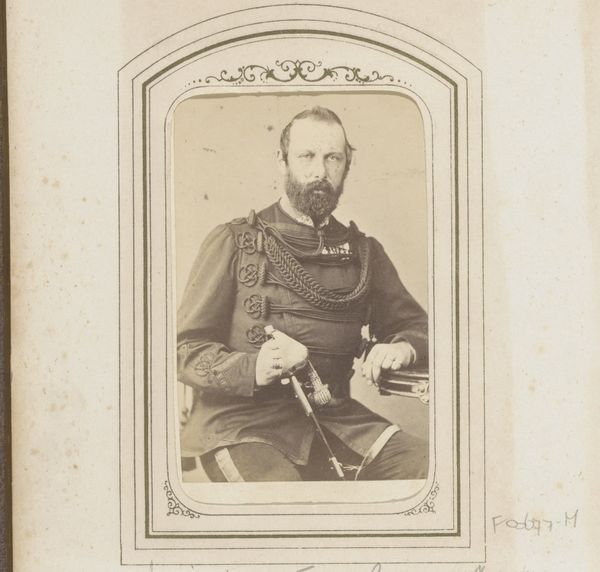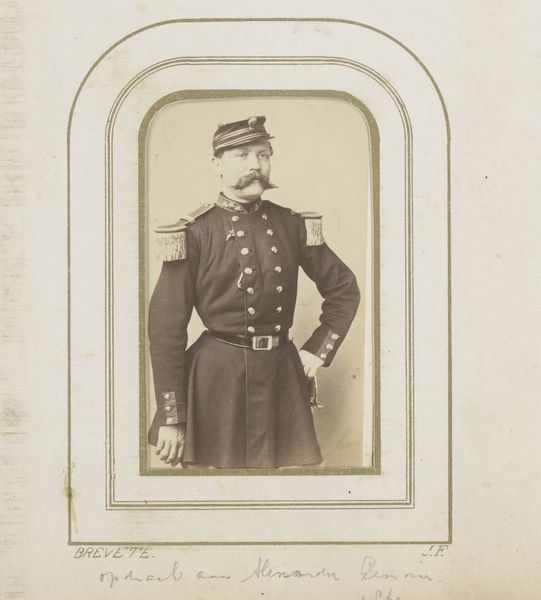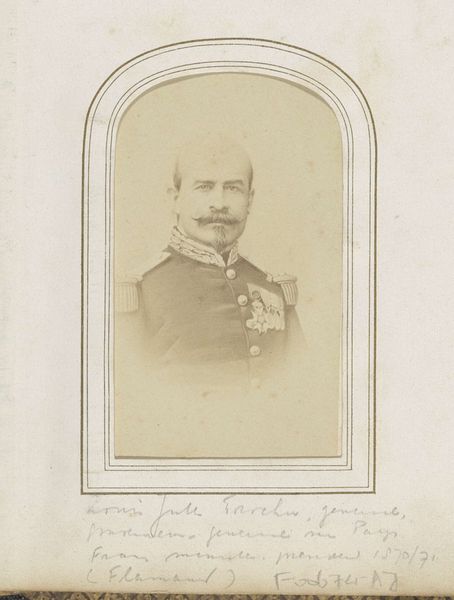
photography
#
portrait
#
photography
#
realism
Dimensions: height 276 mm, width 216 mm
Copyright: Rijks Museum: Open Domain
Editor: Here we have an undated photographic portrait of Leopold II of Belgium, likely before 1885. It's a very formal depiction, and the sepia tones give it a distant, almost haunting feel. What can you tell me about this piece? Curator: The weight of history certainly settles upon this image. To understand this portrait, we must confront Leopold II's brutal legacy in the Congo Free State. The crisp realism betrays the era's imperial ambitions, cloaking colonial exploitation beneath a veneer of progress. Notice the arrangement of medals, symbols of royal power—what narrative do these objects, staged so deliberately, obscure? Editor: So you're saying we can't separate the aesthetics from the historical context? That his actions in the Congo cast a shadow on how we view this image today? Curator: Precisely. Photography in this period functioned as a powerful tool of propaganda. It sold a romantic vision of colonial rule and national pride. It's critical that we interrogate this portrayal of power; who does it serve, and what violence does it conceal? Think about whose gaze is centered here. Editor: That makes me consider how the photographer, too, becomes implicated in this colonial narrative. Were they consciously complicit? Curator: That’s the crucial question. Can we ever truly separate art from its entanglement with power and politics? The photograph presents us with an idealized leader; however, historical analysis reveals the human rights abuses and environmental damage inflicted under his regime. Can the beautiful rendering overshadow the unacknowledged histories of trauma and the suffering he enacted? Editor: It's disturbing to think about how easily such images could have manipulated public perception then – and how easily similar images still can today. Curator: It is a potent reminder, yes. By critically engaging with the art of the past, we can better dissect the visual strategies used to perpetuate injustice. What this portrait truly offers us, perhaps unintentionally, is an opportunity for a continued and essential reckoning.
Comments
No comments
Be the first to comment and join the conversation on the ultimate creative platform.
